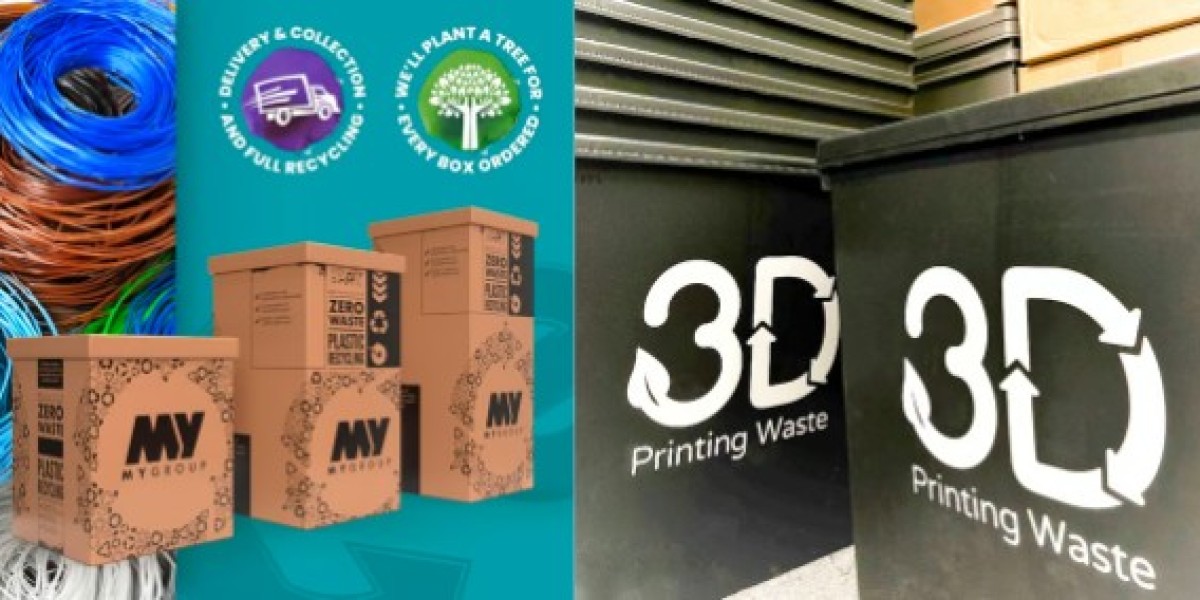Layer separation, sometimes referred to as delamination, is a 3D printing issue involving poor layer-to-layer adhesion. It’s similar to poor first-layer adhesion, which is when you have a weak bond between the first layer of your print and the build surface. Layer adhesion refers to the bonds between subsequent layers of the print. While poor first-layer adhesion can result in a part with a warped base, layer separation can yield drastically flawed prints with visible cracks between layers. Delamination occurs when the bonds between layers are weak – in other words, when a layer doesn’t adequately stick to the one underneath. This can happen for a few reasons, including too low temperatures, over-cooling, an excessively large layer height, build up in the hot end, and more. In this article, we’ll go over a few different potential causes and solutions to prevent delamination from (literally) popping up in your 3D prints.
1: Clean the Hot End
After periods of extended use, your hot end and nozzle can get a little dirty and possibly even clogged (partially or fully). A clogged nozzle significantly impacts your printer’s extrusion by reducing the amount of material that passes through or even preventing extrusion entirely. Extruding less material reduces the bond between layers, causing issues such as layer separation. Our first tip, then, is to clean your printer’s hot end every so often to ensure that extrusion is always free from clogs and jams. To do this, simply heat your hot end to your usual printing temperature, and (with a metal pick of some sort) remove any build-up from inside your hot end. Additionally, you can use a needle to clean in and around your nozzle. And if you’re thinking it isn’t in tip-top shape, replacements are cheap and easy to install (assuming you’re not using something special). Because cleaning your hot end and the nozzle isn’t that much of a hassle, you may want to do this as a preventative measure every once in a while, even if you’re not seeing layer separation. This will reduce the likelihood of other print quality issues occurring later on.
2: Lower Print Speed
Our second tip is to lower the print speed, which is a catch-all solution for many issues but will also effectively improve your extrusion during prints. Especially if you like to print in a hurry and have bumped your speed settings beyond the filament manufacturer’s recommendations, this could be the source of any extrusion issues you’re experiencing. Although a high print speed technically means filament is flowing through the nozzle more quickly, if your hot end temperature isn’t high enough to keep up, you’ll have extrusion issues and possible layer separation. Slowing down the print speed gives the hot end more time for the filament to melt and layers to fuse. When adjusting, you should lower your print speed in increments of around 5-10 mm/s, depending on your material, until you’ve lowered it to about 50% of the original value. If you’re still seeing layer separation, it most likely isn’t the speed that’s the cause.
3.Replace (or Dry) Filament
Certain filaments tend to degrade in quality when exposed to moisture, so our next tip is to try changing or drying your filament. Once a filament absorbs moisture, the material becomes more difficult to print with and issues like layer delamination are more prone to occur. More hygroscopic materials, such as TPU, will undergo this process faster than others. If you’re using something particularly hygroscopic or see evidence that your filament is wet (based on the texture of your prints), you may want to try a print with a different spool of filament before moving on to the final tip. Using a dry filament can help prevent layer delamination and other quality issues in prints, and you can do this by either using a new spool or drying your current one. Once you dry your filament, to keep it in good condition, we recommend storing it in an air-tight container to prevent moisture from getting in.
By systematically addressing potential culprits like a dirty hot end, excessively high print speeds, or compromised material, you can significantly reduce or eliminate layer separation in your projects. Paying close attention to these factors, especially the condition and type of your 3D printer filament, will lead to stronger, more reliable, and visually appealing prints, ensuring your creative visions are successfully brought to life layer by layer.






